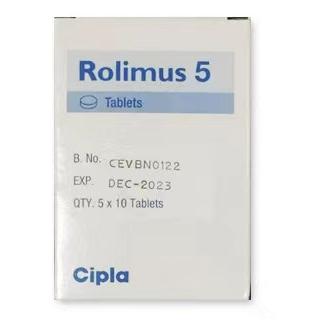How Much Does a Box of Everolimus Cost?

How Much Does a Box of Everolimus Cost?
The price of everolimus per box is relatively high, with current market prices ranging approximately between ¥15,000 and ¥20,000 RMB. This cost is attributed to its status as an innovative drug, involving substantial R&D expenses and high production costs. Additionally, since everolimus is a prescription medication, it requires a professional doctor’s diagnosis and recommendation for purchase, which further complicates the process and increases expenses. Moreover, the actual cost of treatment varies among patients due to differences in treatment duration and dosage requirements.
Despite its high price, everolimus is widely used in clinical practice and has demonstrated significant therapeutic efficacy. In the treatment of renal cell carcinoma (RCC), studies show that everolimus can prolong patient survival. For example, in second-line therapy for advanced RCC, patients treated with everolimus exhibited a significantly longer progression-free survival (PFS) compared to those in the placebo control group. Furthermore, everolimus is also extensively used in treating pancreatic neuroendocrine tumors (pNET), a rare but aggressive type of tumor that is often difficult to manage. Research indicates that everolimus can inhibit pNET growth and markedly extend PFS in affected patients.
However, it is important to recognize that everolimus is not suitable for all patients and may cause adverse effects. Depending on the patient’s specific condition, doctors will evaluate factors such as disease stage, severity, and overall health to determine whether everolimus is appropriate and to establish the optimal treatment regimen and dosage. Patients undergoing therapy must also undergo close monitoring and follow their doctor’s recommendations strictly.
In summary, everolimus is an innovative drug with proven effectiveness in treating kidney cancer and pancreatic neuroendocrine tumors. While costly, it offers significant survival benefits. Treatment must be tailored to individual patients, with careful consideration of risks and benefits under medical supervision. Therefore, a personalized treatment approach is essential to maximize therapeutic outcomes.

